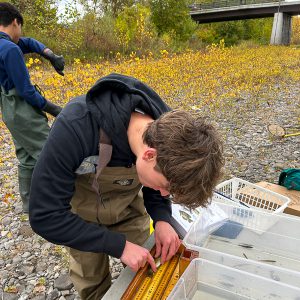 Reading about science can’t compare to experiencing it, according to AP Environmental Science teacher Mollie Burgett, “Nothing beats being in the field and doing actual science.”
Reading about science can’t compare to experiencing it, according to AP Environmental Science teacher Mollie Burgett, “Nothing beats being in the field and doing actual science.”
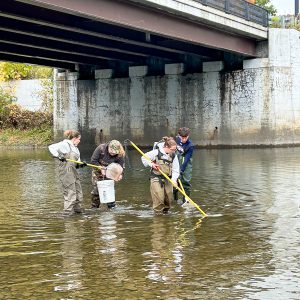 On Wednesday, Oct. 15, seniors in the AP Environmental Science class stepped out of the classroom and into the river for the annual Day in the Life of the Hudson and Harbor, a hands-on environmental research initiative organized by the NYS Department of Environmental Conservation (DEC).
On Wednesday, Oct. 15, seniors in the AP Environmental Science class stepped out of the classroom and into the river for the annual Day in the Life of the Hudson and Harbor, a hands-on environmental research initiative organized by the NYS Department of Environmental Conservation (DEC).
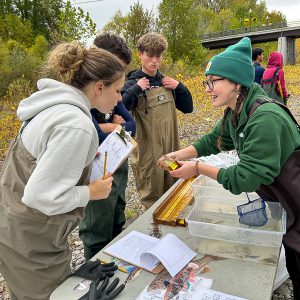 This event enlists students statewide to monitor and collect scientific data from over river sites stretching from the Troy Dam to New York Harbor. Natalie U. described it as a whole new experience.
This event enlists students statewide to monitor and collect scientific data from over river sites stretching from the Troy Dam to New York Harbor. Natalie U. described it as a whole new experience.
“I learned how to identify fish. I’ve never identified fish before. I didn’t know anything about them.”
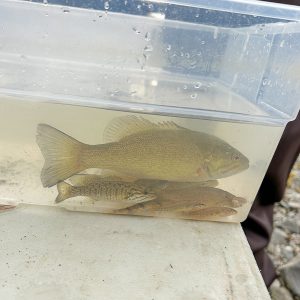 Partnering with DEC experts and using specialized tools, including electroshocking equipment, seine nets, and water-testing kits, MCS students gathered data on fish populations, water quality and river currents. Not only were students able to engage in real-world environmental science, they were able to learn from professionals.
Partnering with DEC experts and using specialized tools, including electroshocking equipment, seine nets, and water-testing kits, MCS students gathered data on fish populations, water quality and river currents. Not only were students able to engage in real-world environmental science, they were able to learn from professionals.
“DEC gave us guides so we could identify the fish as we caught them,” said Thomas D. “They taught us how to electroshock correctly and use the gear safely.”
Delilah S. describes the process: “People from the DEC helped electroshock the fish and we used nets to pull the fish out. Then we measured them, identified them and released them back in the water.”
As they worked, the students learned new techniques. Trey R. says measuring the fish was challenging.
“They were flopping around; it was crazy. You had to give the fish water to get it to stop moving so you could measure it.”
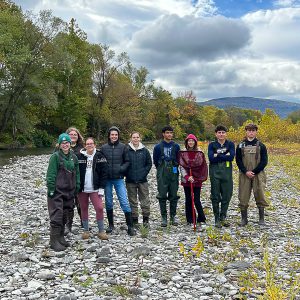 The information collected by the MCS seniors and other high school and SUNY students working at more than 90 sampling sites will be added to a large, collaborative dataset that helps monitor the ecological health of the Hudson River Estuary and supports ongoing scientific research. Research that Burgett says the research used to focus only on the Hudson River but, beginning this year, is expanding to include the Mohawk River and tributaries throughout the region.
The information collected by the MCS seniors and other high school and SUNY students working at more than 90 sampling sites will be added to a large, collaborative dataset that helps monitor the ecological health of the Hudson River Estuary and supports ongoing scientific research. Research that Burgett says the research used to focus only on the Hudson River but, beginning this year, is expanding to include the Mohawk River and tributaries throughout the region.
“We can provide our data to students in the Lower Hudson Valley and in the Upper Hudson River Watershed.”
MCS has placed a priority on experiential learning both inside and outside the classroom. Each year, the district typically supports over 100 field trips for students in grades Pre-K through 12.

You must be logged in to post a comment.